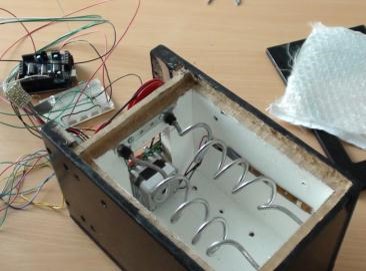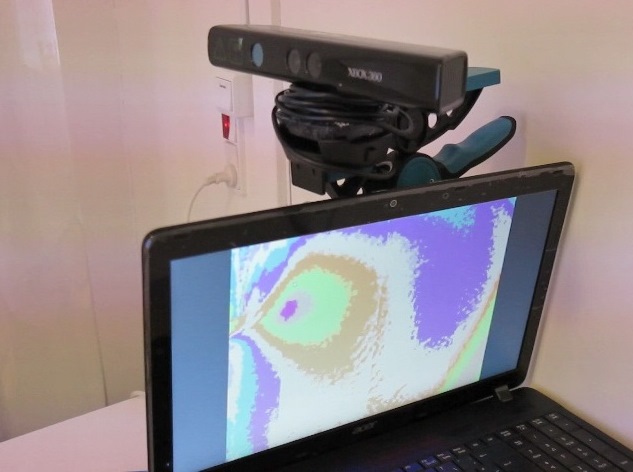Inside SID Designs
Multi-sensory environments (MSE) incorporate sensory artifacts to blend sensory stimuli, such as visuals, sounds, textures, aromas and motion, with the purpose of enabling users to arouse or relax. In practice these environments, though rich in sensuousness, are not exactly interactive and do not have a tight and co-located response to the user’s actions. SID designs aim to develop and demonstrate the potentials of interactive design in MSE.
SID designs were controlled by computer or Arduino boards to explore various tight and co-located couplings of light to touch, push, grab and hug. Some designs provide vibration or movement feedback to the interaction, and some others provide audible response. With these designs the children have shown us a vast topology of interaction and bodily engagement that would not be present in a passive MSE.








